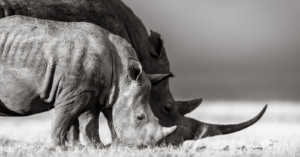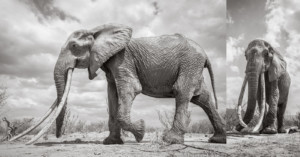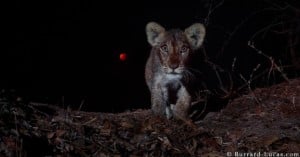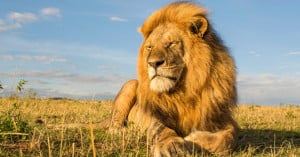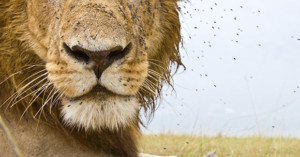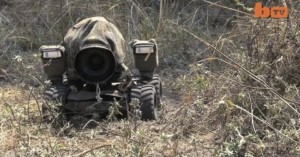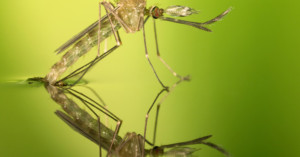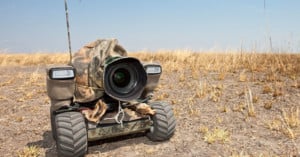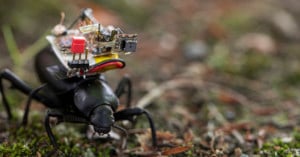
These Researchers Have Created a Tiny Camera Backpack for Beetles
A team of researchers at the University of Washington have created something they're calling "a GoPro for beetles." In reality, it's a tiny, smartphone controlled camera backpack that can ride aboard an insect, giving us a beetle's-eye view of the world.
